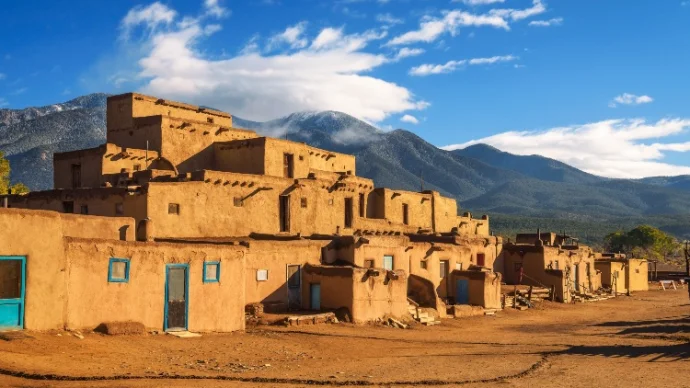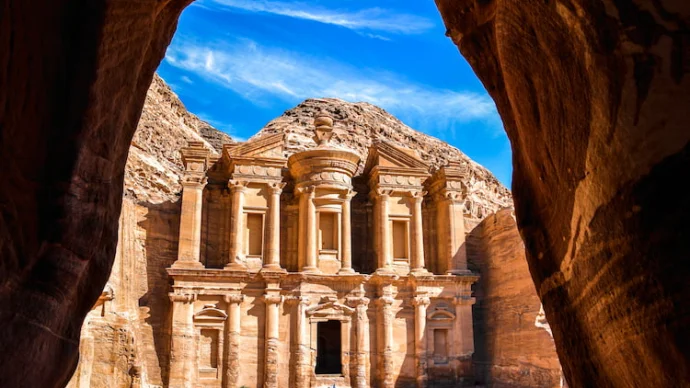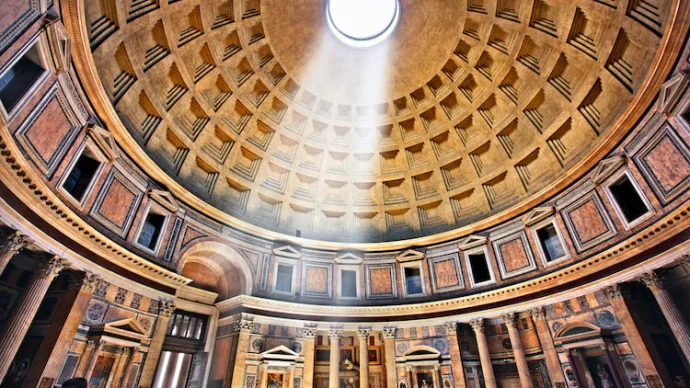
About Jerash
Jerash or Jarash, is one of the world’s best preserved ancient Roman sites. Once known as Gerasa, Jerash is believed to have been inhabited since the Neolithic Era. However, it is the impressive Roman city built in Jerash which has left its greatest mark on the area, becoming Jordan’s second most popular tourist site after Petra.
History of Jerash
Jerash formed part of the Roman province of Syria following General Pompey’s conquest of the region in 64 BC. It later became one of the 10 cities of the Decapolis league, flourishing and growing wealthier over two centuries of Roman rule.
During this time, Jerash underwent several rounds of reconstruction, much of it occurring in the first century AD. One such occasion was in 129 AD, following a visit by the Emperor Hadrian. It was after this visit that Hadrian’s Arch or the ‘Triumphal Arch’ was built, the ruins of which can still be seen in the southern part of Jerash outside the archeological park itself.
By the third century AD, Jerash had reached its peak as a thriving centre of trade with a population of up to 20,000 people – even awarded the status of being a colony. However, this success was soon followed by Jerash’s slow downfall.
Several events over the next centuries, including the destruction of Palmyra in 273 AD, pillaging of its temples to build Christian churches under the Emperor Justinian in the 6th century and the Muslim conquest of the region in the 7th century all contributed to Jerash’s decline. This was further exacerbated by an earthquake in 747 AD. In fact, notwithstanding a brief 12th century occupation by Crusaders, Jerash had fallen and lay deserted by the 13th century.
Jerash today
Today, tourists flock to see Jerash’s extensive and impressive ruins, including the Temple of Artemis and the Forum with its large ionic columns. Jerash’s original main street, the Cardo, runs through the centre of the site and, with its visible chariot marks and underground drainage system, is fascinating in its own right.
Other must-see aspects of Jerash include its still-functioning 3,000 seat South Theatre built between 90-92AD during the reign of Emperor Domitian, its 2nd century AD North Theatre and its Nymphaeum fountain. Visitors can also see many of the artifacts found during the excavation of this site at the Jerash Archeological Museum.
Getting to Jerash
Jerash is situated approximately 32 miles north of Jordan’s capital Amman, making it an easy day trip from the city.
Public minivans run frequently from Amman to Jerash so there’s no need to join an expensive tour. By car, the journey takes around 50 minutes via Al-Urdon St. and Route 35. Alternatively, take a taxi to Tabarbour Bus Station (North Bus Station) and then get a bus to Jerash which takes you to near the entrance to the ruins.
Featured In

Ancient Cities to Visit
Discover ancient history: these 15 metropolises, from the ruins of Pompeii to the mountainous Machu Picchu, are must-visit relics of the ancient world.

Jordan Historic Sites
Jordan is a young state on an ancient piece of land which bears the marks of many different cultures, religions, and political systems through its wealth of fascinating sites. Here's our selection of 10 sites which you shouldn't miss when visiting.

Roman Temples
Discover incredible Roman temples you can still visit today, from Baalbek to the Pantheon and more, includes an interactive map of surviving temples from ancient rome.



















